Having bright and white teeth is often associated with good oral hygiene and a healthy smile. However, despite our best efforts, many of us struggle with maintaining the natural whiteness of our teeth. According to dental experts, there is one common mistake that can lead to yellow teeth, and it’s a mistake that many people unknowingly make. In this article, we will explore the reason behind yellow teeth and how you can avoid this mistake to keep your smile radiant and beautiful.
The Teeth-Brushing Mistakes You’re Making That Are Yellowing Your Teeth
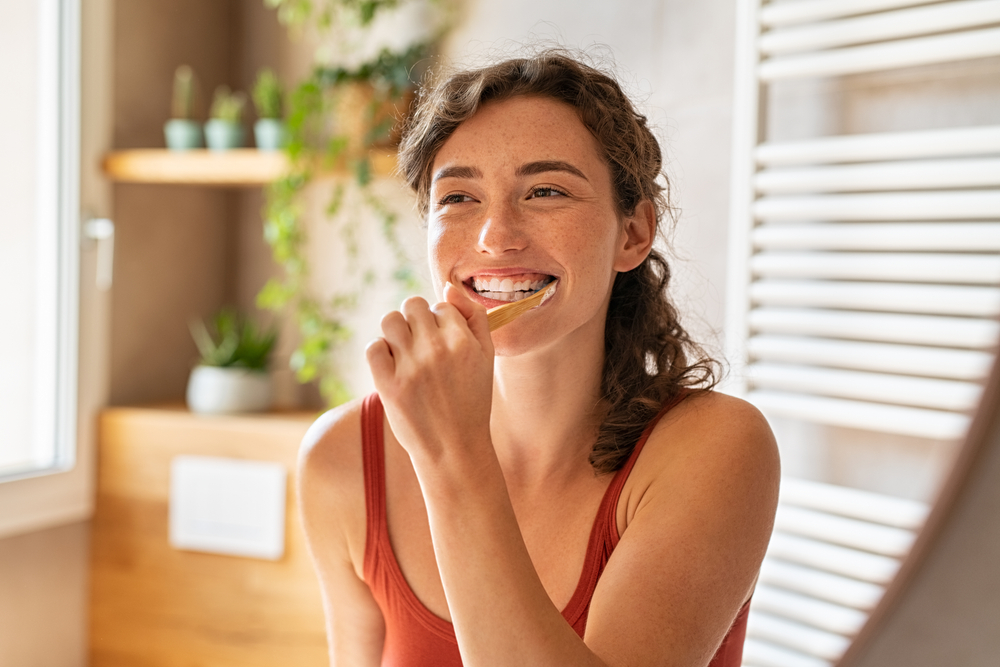
Dentist Dr. Ferakh Hamid, who has more than two decades of experience in the field, reveals that there is a common mistake people often make while brushing their teeth that leads to yellowing. This mistake is related to the way we brush our teeth and the timing of brushing. By understanding and rectifying this mistake, we can take a step closer to achieving a brighter and whiter smile.
Read More: If You Notice This While Brushing Your Teeth, It Could Be a Sign of Dementia
Wet Your Brush
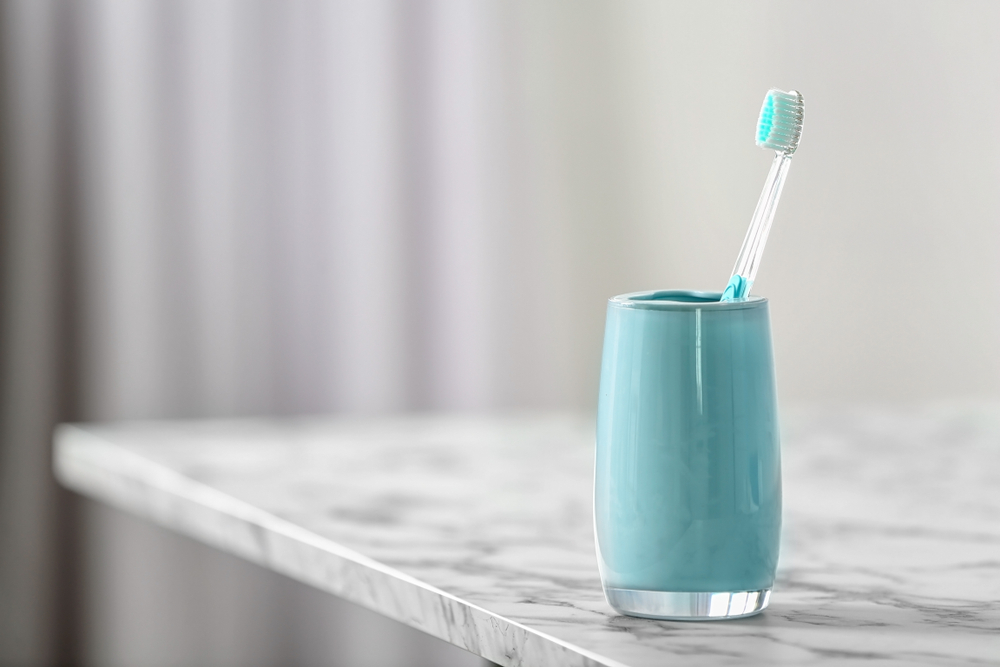
According to Dr. Hamid, one crucial aspect of brushing our teeth is the way we wet our toothbrush before applying toothpaste. Many people tend to brush their teeth in a dry state, without adequately wetting the bristles and the toothpaste. This mistake can unknowingly contribute to the yellowing of the teeth over time.
When toothpaste is used without sufficient water, it fails to spread effectively, leading to less effective cleaning. Dr. Hamid recommends wetting the bristles of the toothbrush before applying toothpaste to ensure improved coverage and maximum benefits. Additionally, wetting the bristles helps protect the gums and teeth from any potential irritation or damage during brushing.
“Dry brushing might seem good for getting rid of surface stains at first. But without water, toothpaste doesn’t spread well,” he explains. “When you wet the bristles, they soften up. This means when you brush, it’s gentler on your gums and teeth, helping to avoid any irritation or damage.” (1)
Toothbrush Timing
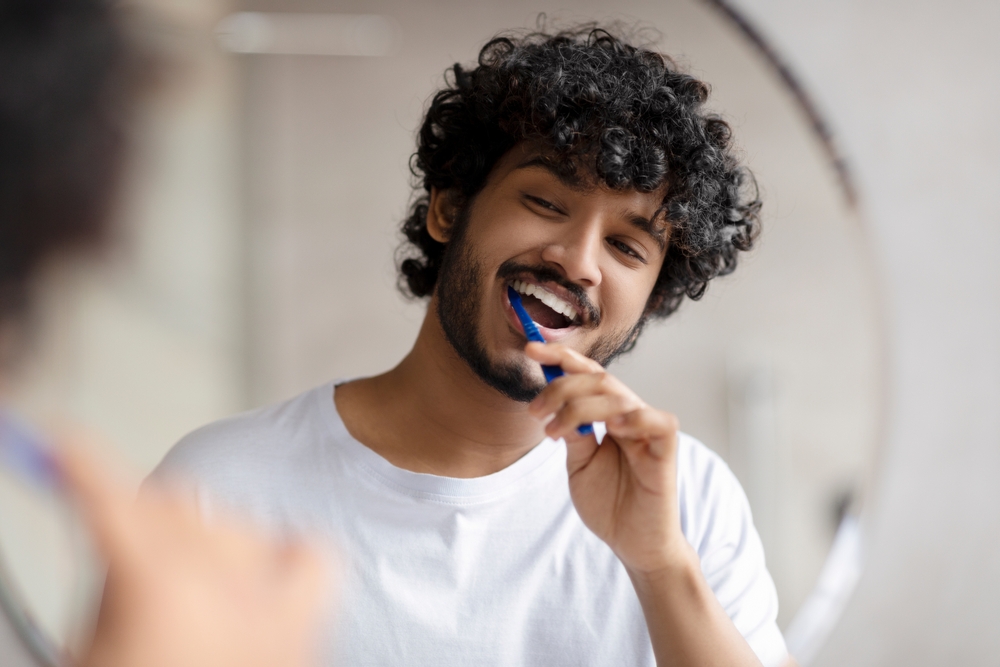
Another common mistake that impacts tooth color is brushing immediately after consuming acidic foods or drinks. Acidic substances, such as fizzy drinks, fruits, and sweets, can weaken the tooth enamel, the protective outer layer of the teeth. Brushing immediately after consuming acidic substances can cause further damage and erosion of the enamel. Dr. Ezzard Rolle, from Columbia University, suggests waiting for at least 30 minutes before brushing to allow the enamel to remineralize.
“We definitely recommend holding off on brushing after consuming anything acidic, whether it’s fruit, soda, juice, or sour candy,” Dr. Rolle said. “The reason for that is that when acids are in the mouth, they weaken the enamel of the tooth, which is the outer layer of the tooth.”
10 Reasons Why Your Teeth Are Yellow
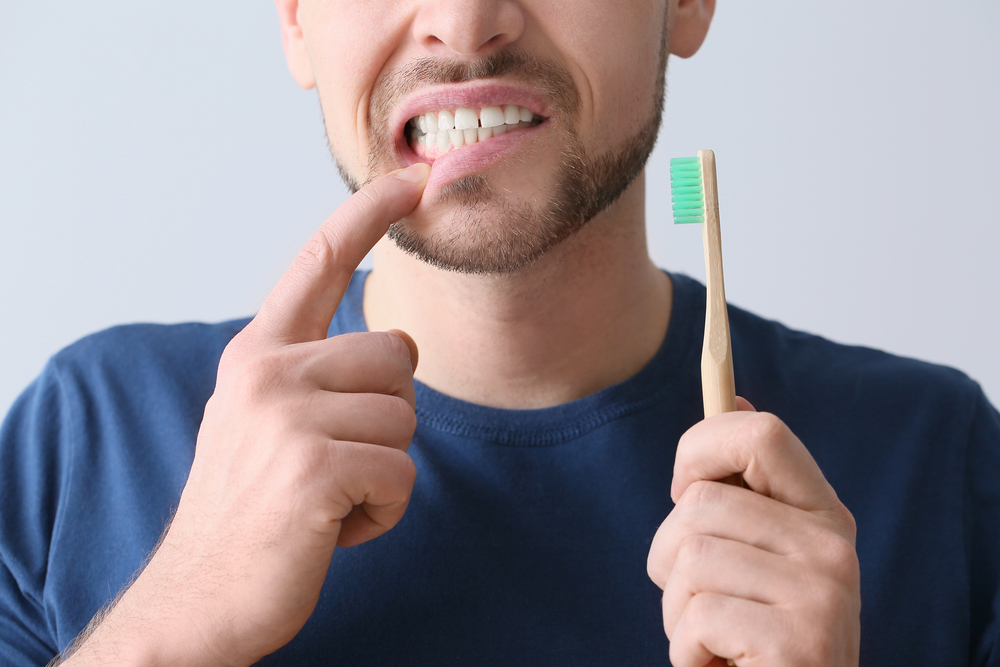
https://www.shutterstock.com/image-photo/man-aching-teeth-brush-on-grey-1968769681
Now that we understand the brushing mistakes that can contribute to yellow teeth, let’s explore some other possible reasons why teeth may become discolored. Here are ten common factors that can cause yellowing of the teeth (2):
- Poor oral hygiene habits
- Consumption of highly pigmented foods and beverages such as coffee, tea, and red wine
- Tobacco use, including smoking and chewing tobacco
- Aging and natural wear of the tooth enamel
- Certain medications, such as antibiotics or antihistamines
- Teeth grinding and clenching
- Excessive fluoride intake during childhood development
- Genetic factors and family history of tooth discoloration
- Trauma or injury to the teeth
- Certain medical conditions or treatments, such as chemotherapy or radiation therapy
Identifying and addressing the underlying cause of yellowing can help in finding the most effective solutions for each individual’s case. From there, it is best to speak to your dentist about the safest and most effective way to whiten your teeth. The method will change depending on the cause, so it is important to speak with a professional.
Read More: Wisdom Teeth Removal: Is Wisdom Tooth Surgery Really Necessary?
How to Whiten Teeth at Home
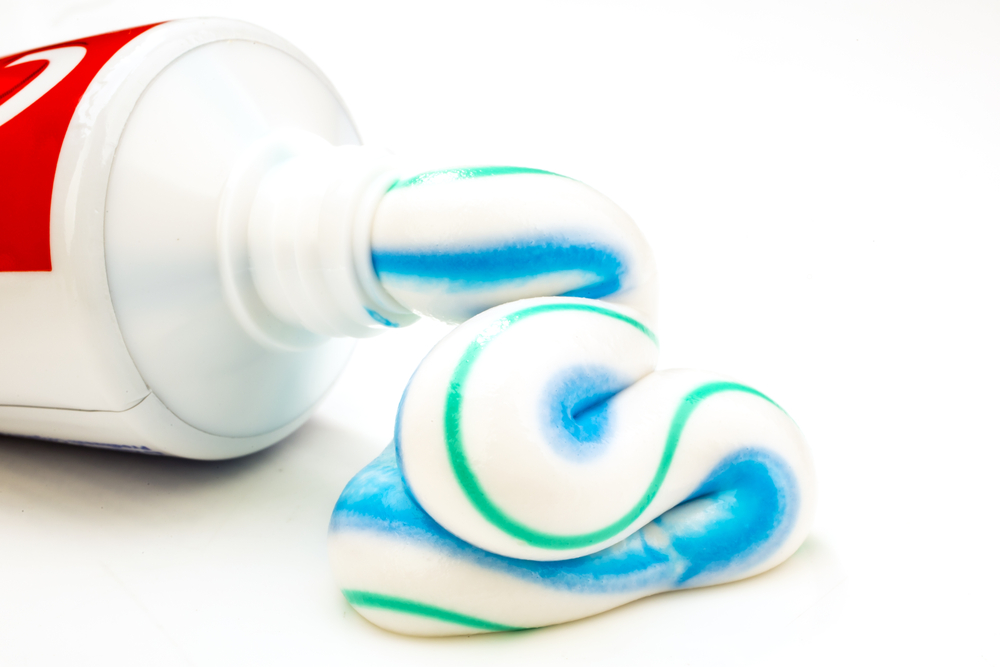
While there are professional teeth whitening treatments available, it is also possible to whiten your teeth at home using natural methods and over-the-counter products. Again, consult your dentist if you have major concerns or any unexpected side effects. Here are some home remedies and practices that can help whiten your teeth (3):
- Brush your teeth with a whitening toothpaste: Choose a toothpaste specifically formulated to remove surface stains and promote tooth whitening.
- Oil pulling: Swish coconut oil or sesame oil in your mouth for 10-15 minutes, then spit it out. This practice is believed to help remove bacteria and stains from the teeth.
- Baking soda: Create a paste using baking soda and water, and gently brush your teeth with it. Baking soda acts as a natural abrasive and can help remove surface stains.
- Hydrogen peroxide: Dilute hydrogen peroxide with water and use it as a mouthwash or mix it with baking soda to make a whitening paste. However, it’s important to use hydrogen peroxide in moderation and avoid swallowing it.
- Avoid staining foods and drinks: Limit consumption of foods and beverages that are known to stain teeth, such as coffee, tea, red wine, and dark-colored sauces.
The Bottom Line
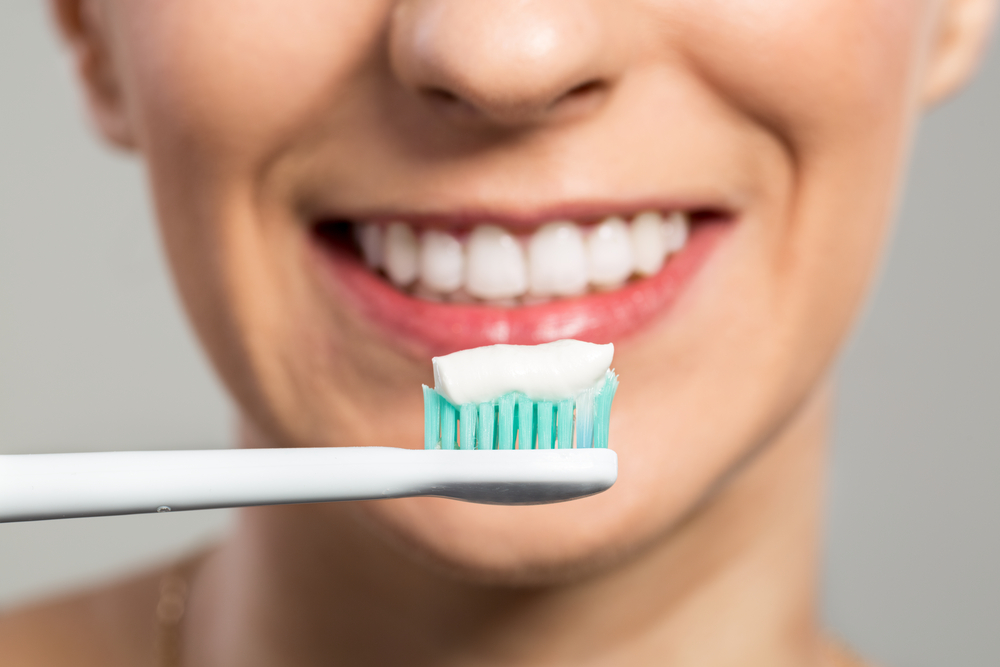
Maintaining a bright and white smile can significantly impact our confidence and overall appearance. By avoiding common teeth brushing mistakes, such as brushing without wetting the bristles and brushing immediately after consuming acidic substances, we can prevent the yellowing of our teeth over time. Additionally, understanding the various factors that contribute to teeth discoloration and exploring home remedies can provide additional support in achieving a whiter smile. Remember to consult with a dentist for personalized advice and guidance on maintaining optimal oral health and achieving a radiant smile.
